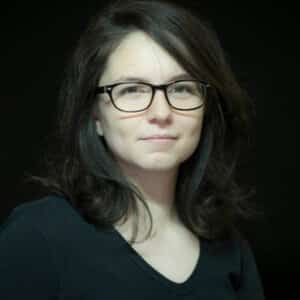The final installment in a trilogy of exhibitions, “Life as it was” looks back at four decades of photography by American Harold Feinstein. This is an opportunity to immerse ourselves in a humane, genial body of work.
He was the youngest photographer...



